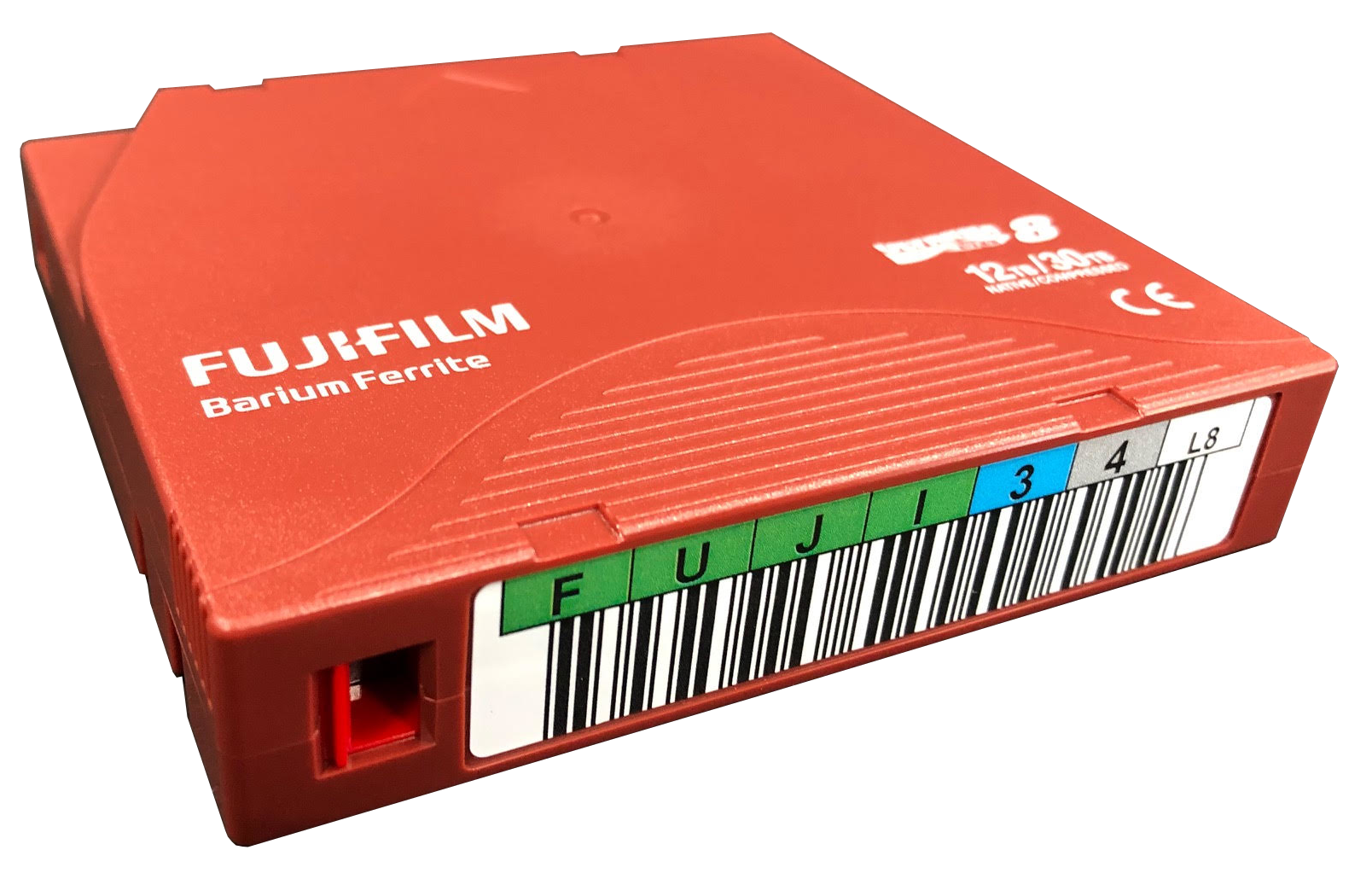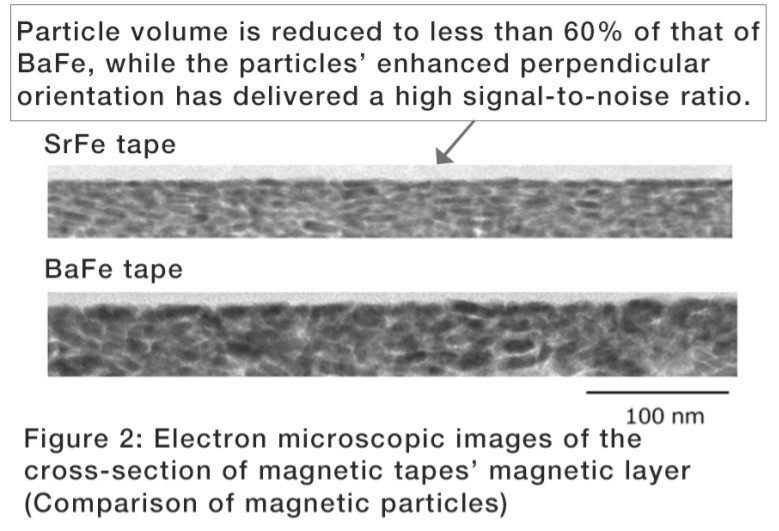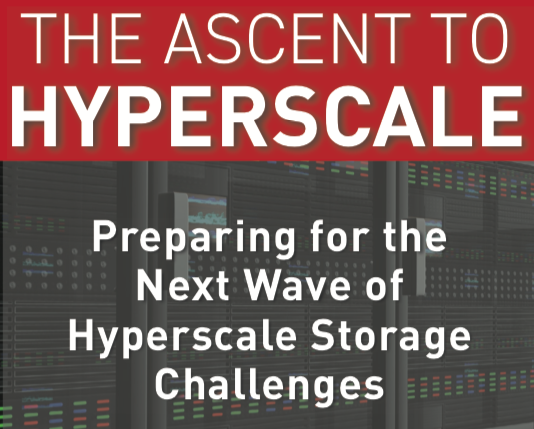Tape Secures its Place in the Future of Enterprise Storage
By Drew Robb

I recently read an article in StorageNewsletter entitled “End of Removable Storage Media” and I agreed with many of the points including the demise of removable consumer media such as floppies, zip disks, CDs and DVDs. But I disagree about tape being on the way out like the rest of removable media from the past.
Tape was pronounced dead by Data Domain about 15 years ago when deduplication first entered the scene. Yet tape has not only survived, it thrives, particularly in an enterprise setting. Tape capacity shipments have been rising steadily for more than a decade. A record 114,079 PB of total LTO tape capacity (compressed) shipped in 2019, about four times more than shipped in 2009.
Why is this?
Tape offers removability
In an era when data breaches are escalating, and ransomware wreaks havoc, having an air gap between data and the network has become increasingly important. Whether it is a box of tapes stored by Iron Mountain, or tapes kept on site for use in an automated tape library, physical tapes are easy to isolate from the network. This feature of removability also makes tape easy to scale as you only need to add fresh media for more capacity, not more controllers, disk arrays and supporting hardware. Finally, because of its removability, tape is easily transported by truck or plane between data centers or between clouds and will often be faster and cheaper than using expensive bandwidth.
Tape offers high capacity
The latest generation of LTO tape cartridges can hold 18 TB native and 45 TB compressed per cartridge. To put that in perspective, one cartridge can hold 61.2 years of video recording running 24 hours per day, 4.78 billion human genomes worth of sequence information, or 2.88 years of data transmissions from the Hubble Space Telescope. Even larger cartridges are on the near horizon.
Tape underpins the cloud
The dirty little secret of the big cloud providers is that they rely on tape for high-volume, low-cost storage. These providers harness tape to hold multiple PBs of data, as do a great many large financial institutions. But that doesn’t mean tape is only the province of the few. Anyone with 100 TB or more of data will find value and efficiency with tape. In fact, vendors such as XenData are beginning to offer appliances that make it affordable to use tape for smaller workloads.











